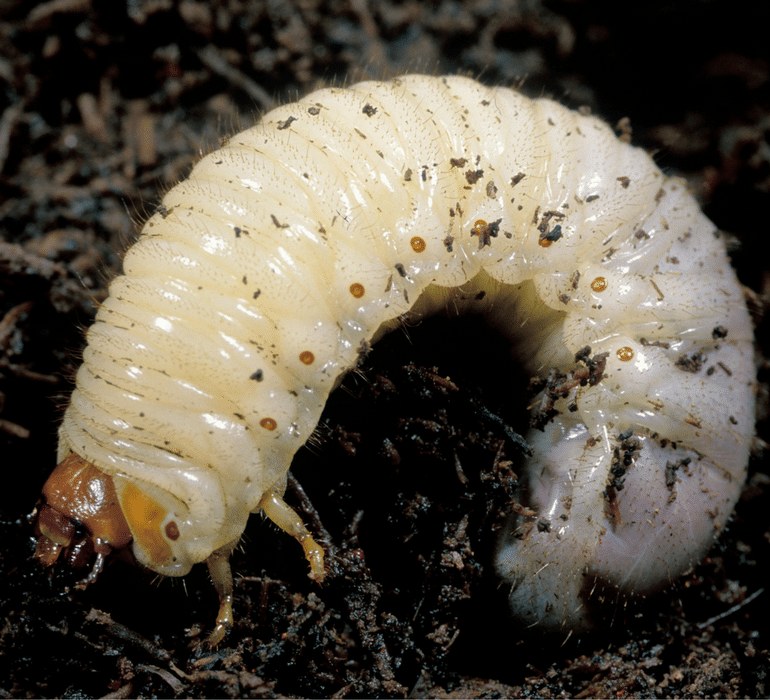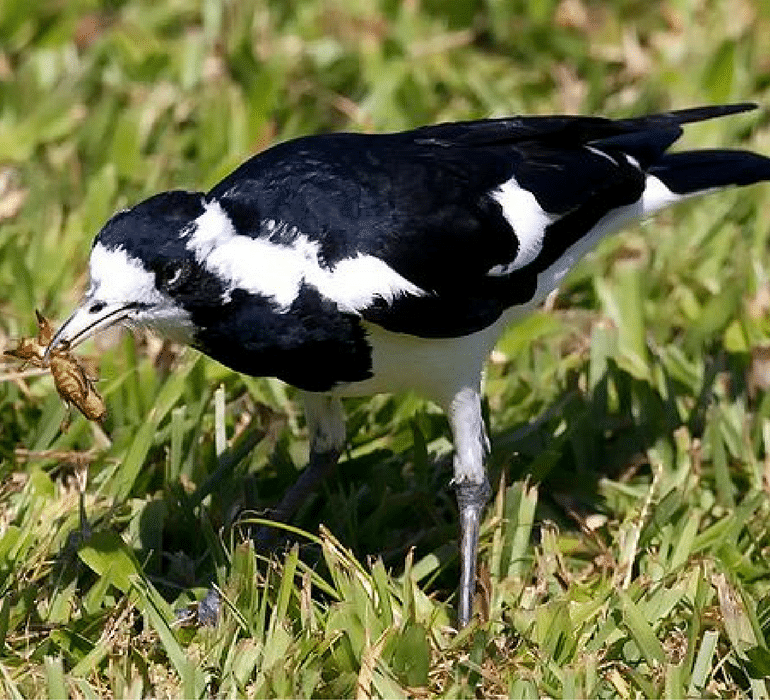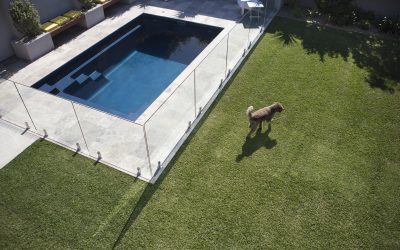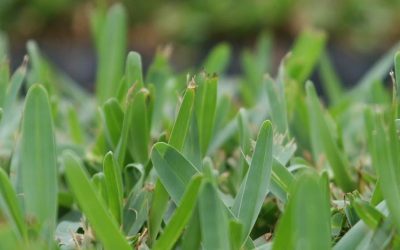Identifying Lawn Grubs in Your Lawn
Pest Control
Once they find a lawn they are happy with, they will lay huge clumps of eggs. These will hatch within 2 to 5 days becoming grub larvae, better known as caterpillars. It is this stage of the lifecycle that you will find the most damage is dealt to your lawn. They will chew through your lawn for about 18 to 24 days until they finally become pupae and then about a week later, moths.


So, what are the signs of lawn grubs?
- Increased bird activity on your lawn shows they’ve clued onto the increased amount of snacking opportunities on your lawn.
- Seeing greyish-brown moths flying around, especially at dusk, is a sure sign they are scoping out your lawn.
- Brown patches of lawn that can be easily lifted from the ground indicate that lawn grubs have chewed through the roots of that area.
- Or, a spongy lawn. A spongy lawn can also indicate thatch build up but it’s definitely worth checking a grub infestation isn’t the issue.

To control the lawn grubs that have made your lawn their home, you should use Lawn Lovers Grub Guard. It may take a while for the cycle to be broken but it will be worth it in the end. Choosing a product that will remain in the soil will help with this over time.

Recommended for you...
Caring for Your Lawn in the Aussie Summer
Quick LinksWatering your lawn in Summer Mowing your lawn in Summer Fertilising your lawn in Summer Beating the heat with Summer lawn careG'day, lawn enthusiasts! As the scorching Aussie summer approaches, it's time to show your lawn some extra love and care. With the...
Preparing for Christmas Lunch in the Garden
Quick LinksCleaning Up and Preparing Your Backyard Choosing Garden Games for Christmas Day Preparing the BBQ for Christmas DayWith the holiday season just around the corner, it's time to embrace the true Aussie spirit and take your Christmas lunch outdoors. Picture...
Palmetto vs Sir Walter: Choosing the Best Grass for Your Lawn
If you are considering buffalo grass for your lawn, two of the top picks for Australians are Palmetto buffalo grass and Sir Walter buffalo grass. We’ll give you a detailed comparison of these two to help you make the right choice.



